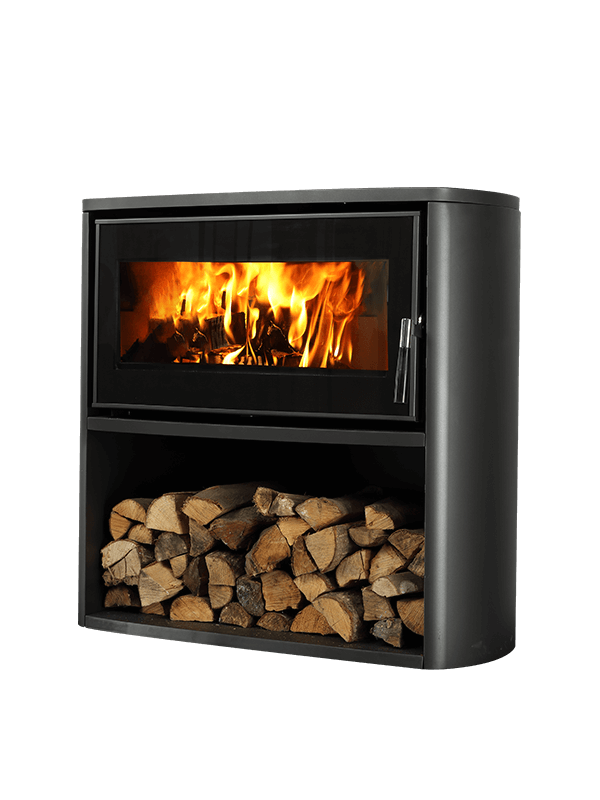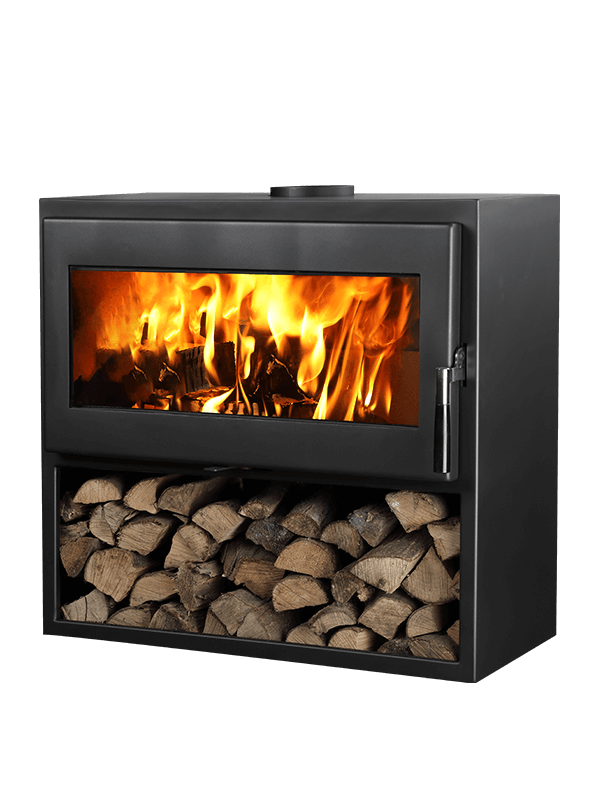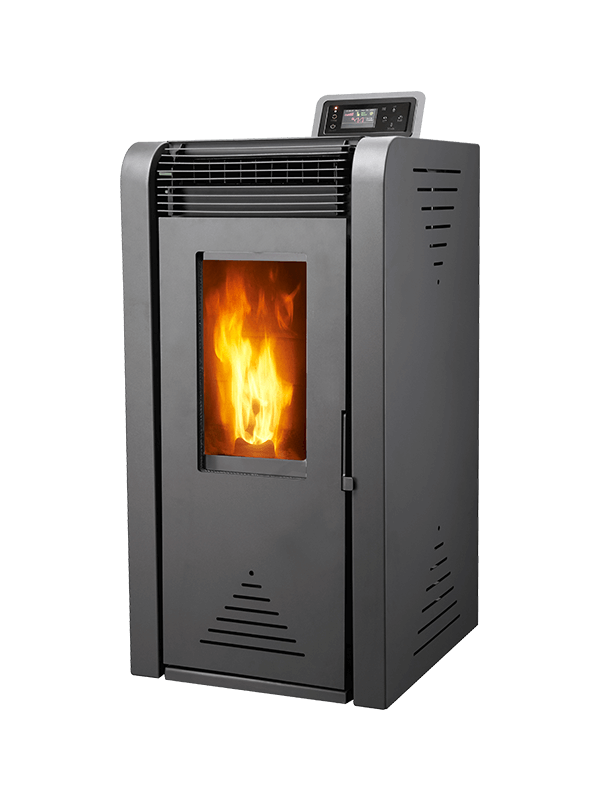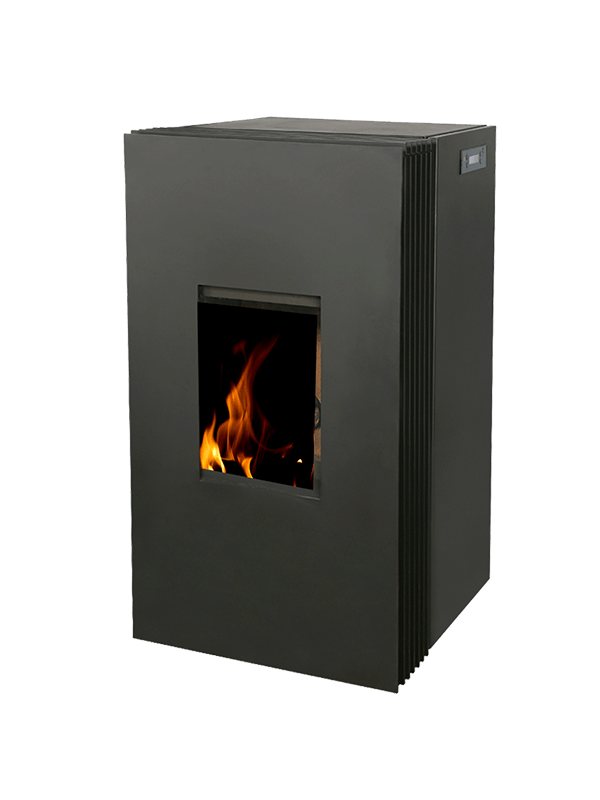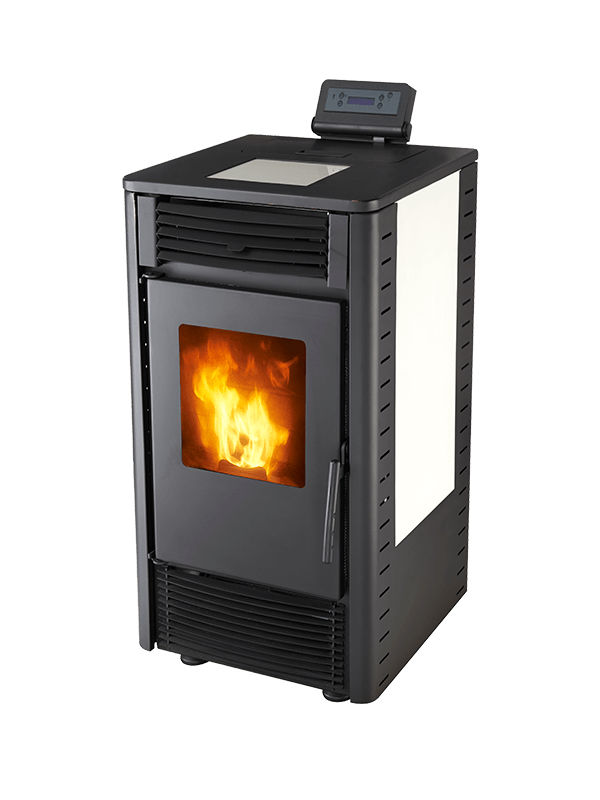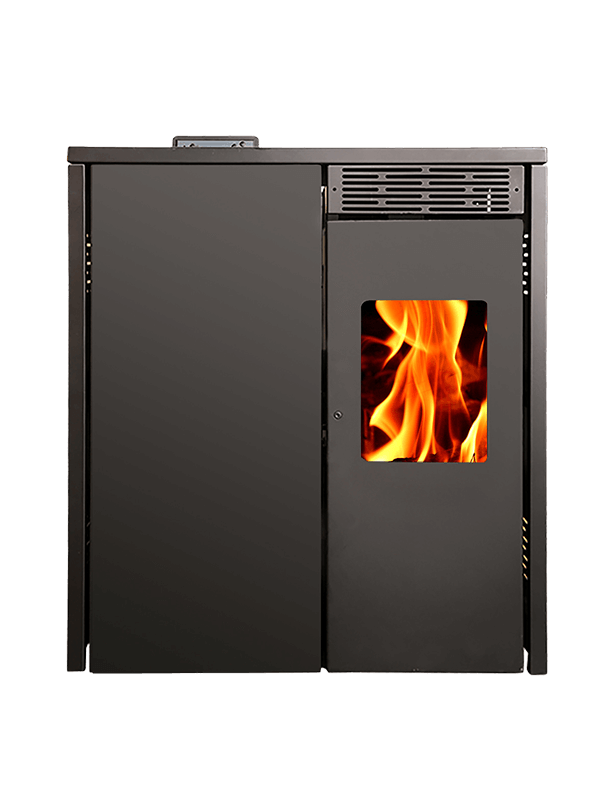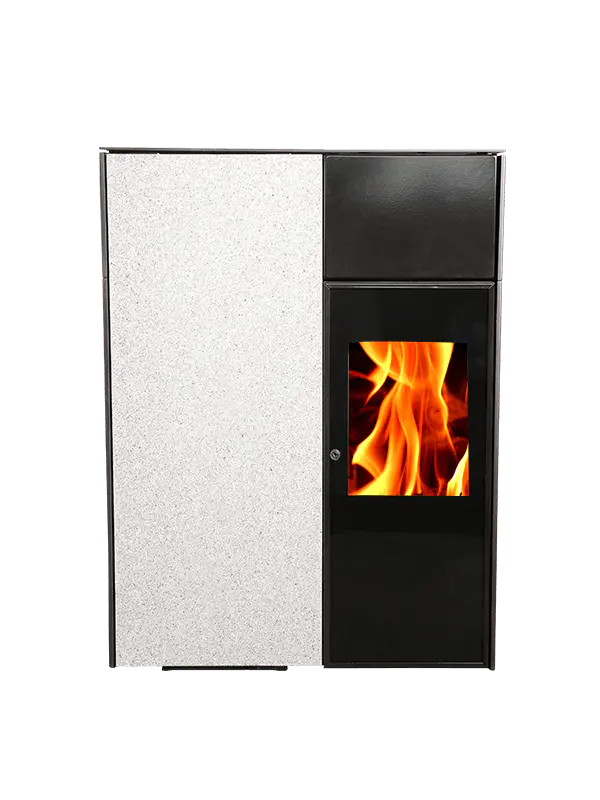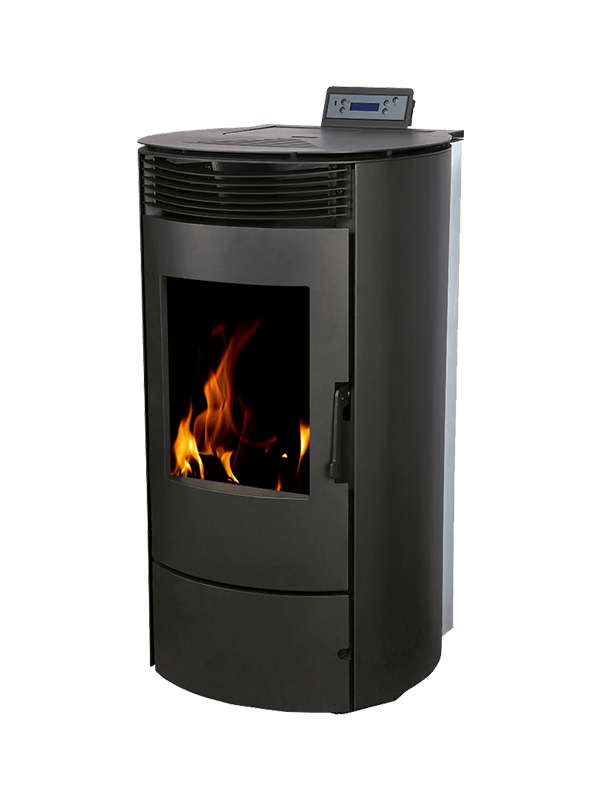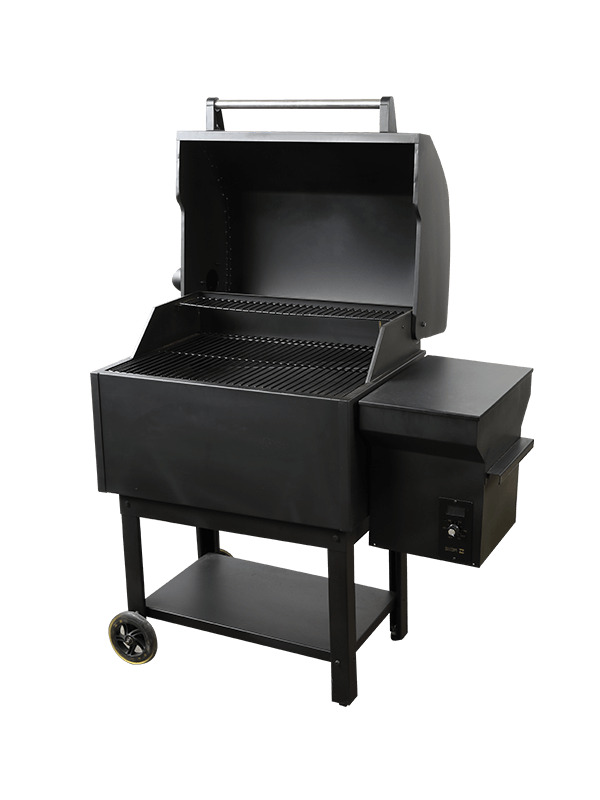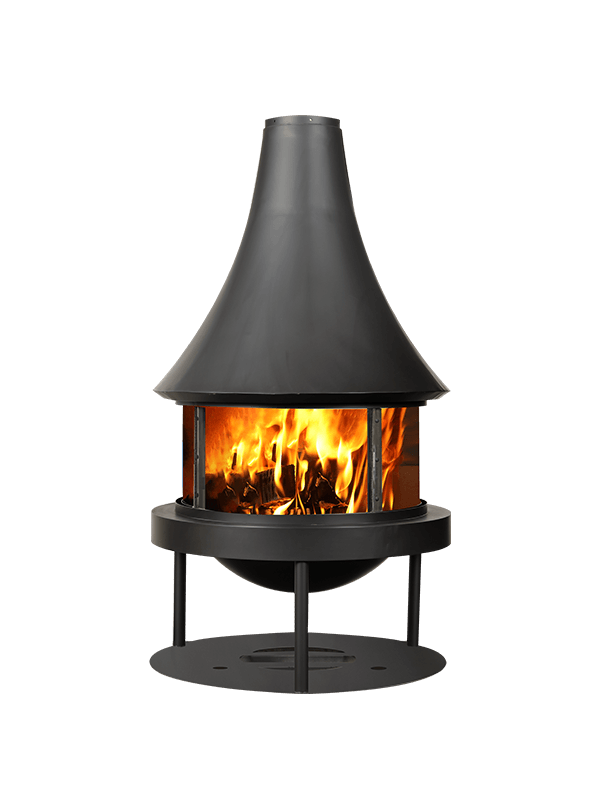A wood stove is designed to distribute heat more evenly through a room than a conventional furnace. Conventional furnaces have their heating coils situated in the ceiling or roof area, whereas the inserts have their heating coils nearer to the floor. This means that the heat generated by the coils in the uppermost floor of a house is less intense than that which reaches the floor of lower floors. However, when the heat generated is spread throughout the house, it is significantly warmer than it would be if the coils in the uppermost floors were located in the middle of the building. This difference in heating efficiency between the two types of stoves results from the different locations of the heating coils.
A wood stove can provide for both heating and cooking purposes. When used as a sole heating source, it has the advantage of being simpler and cheaper than a standard fireplace. A wood stove can also be used as an outdoor fireplace. This means that, when used as a sole heat source, it provides for more effective use of space than a standard fireplace. In addition, it can also be used as a source of heat for living rooms - especially in the case of an open fireplace design.
A wood burning stove can be made of various materials including brick, stone, clay, plastic and metal. Each type of material requires different amounts of fuel in order to burn completely, although it is possible to buy stoves which are compatible with wood as well as electricity, gas and propane fuel types. This allows for the use of electric stoves even when using wood as fuel. However, it is best to use a gas or electric stove in an area which is not surrounded by a fireplace - such as a kitchen or utility room.
Despite the advantages of using a wood stove, some disadvantages remain. One of these disadvantages is that they emit high levels of carbon monoxide into the atmosphere. If one does not have a chimney or direct vent installed, a part of the smoke which escapes from the fire will contain high concentrations of carbon dioxide. This can cause serious damage to the lungs and can also cause death. If there is a lot of smoke emitted from a stove, it is advisable to have a separate venting system installed in an area where there is no supply of outside air.
Alternatives to wood burning stoves include electric, gas and propane heaters which do not release harmful gasses into the atmosphere. However, electric and gas heaters can only be operated within a few feet of their fuel. Propane heaters, on the other hand, can be operated anywhere inside the home. It should be noted that propane gases can be vented directly into the air, but this may pose a problem in homes that do not have adequate chimneys.




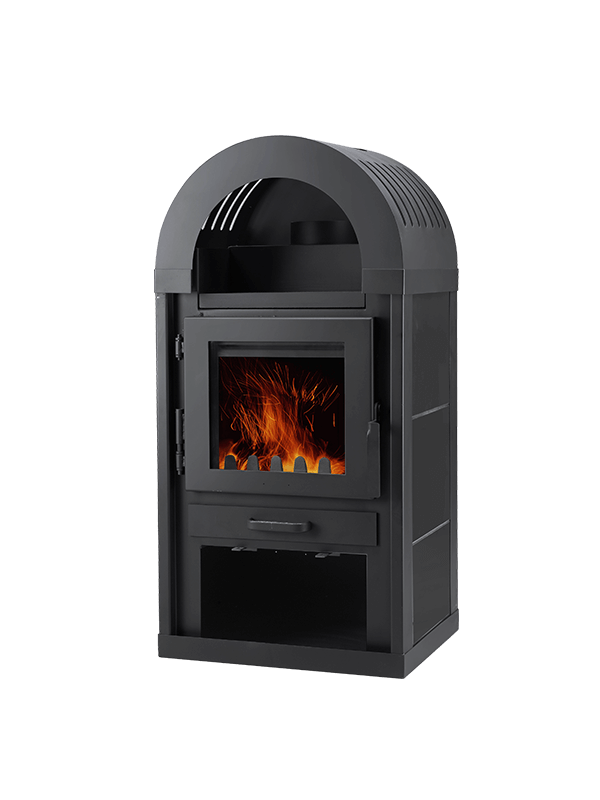
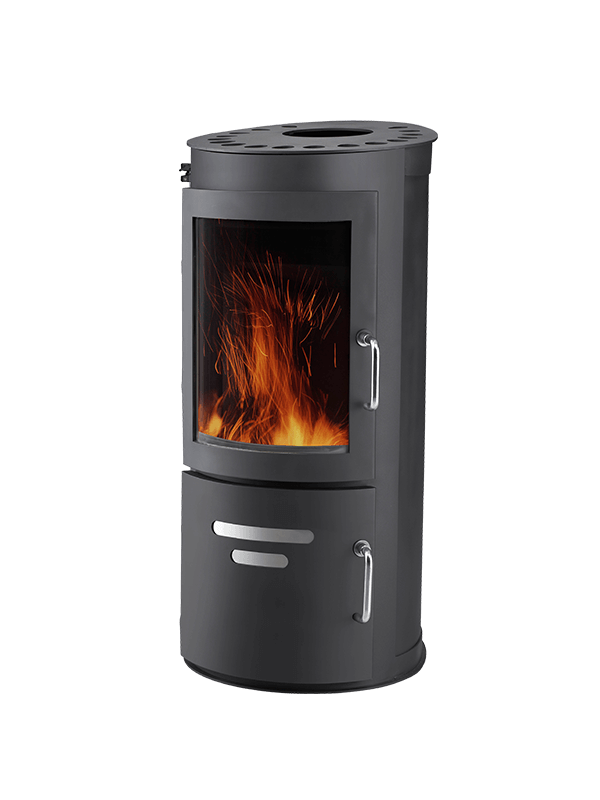
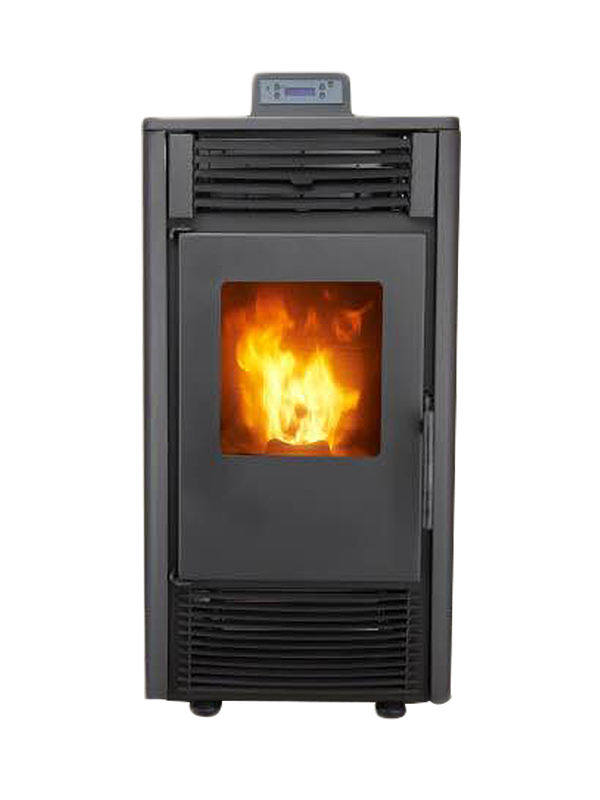
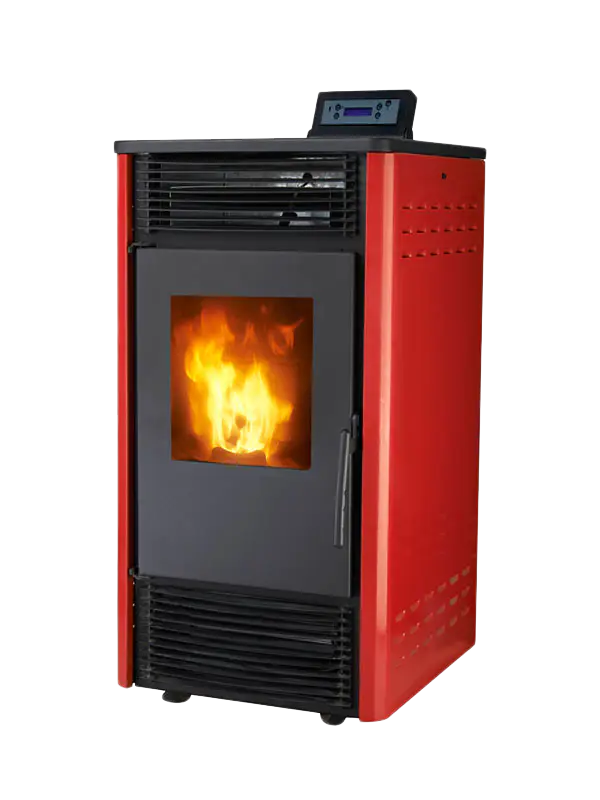
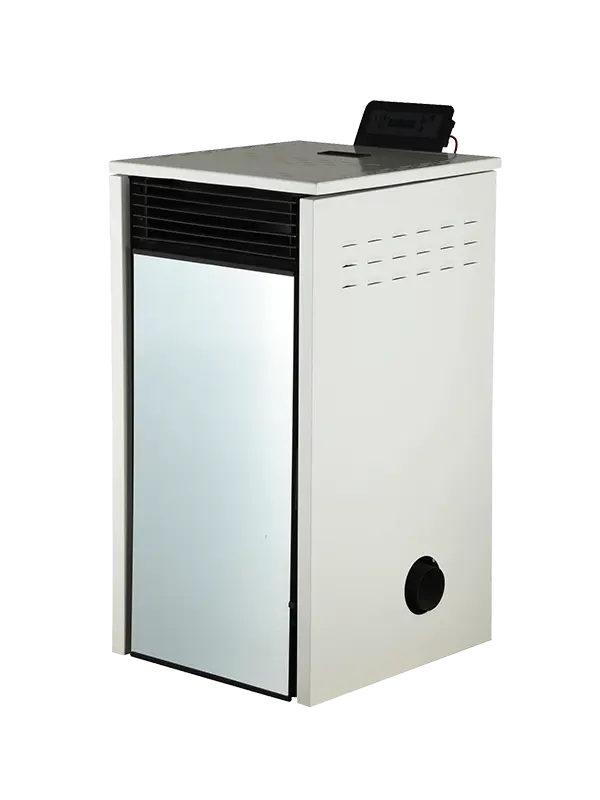
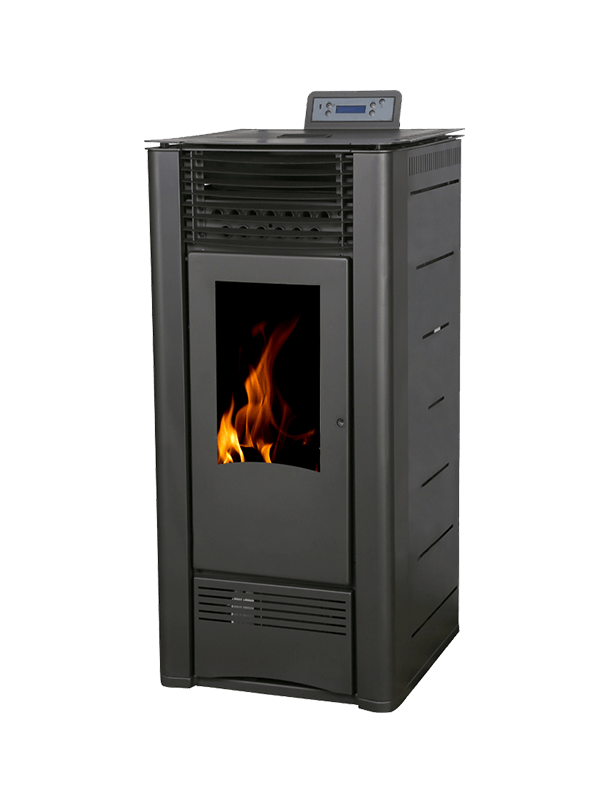
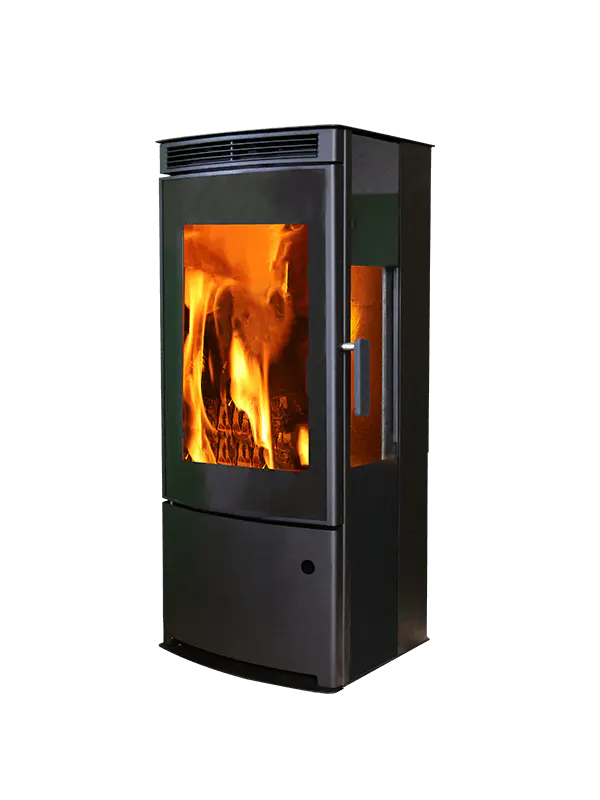
-.png)
